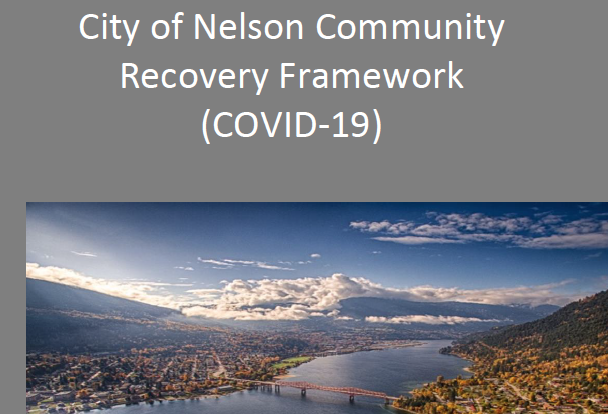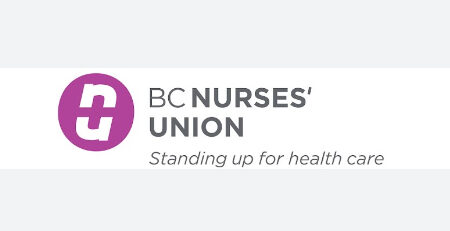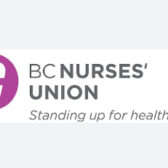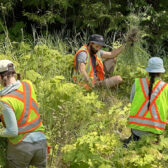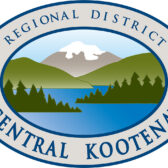Course for recovery begins to take shape through new city operations centre
The storm COVID-19 has unleashed on the province and the Heritage city may be ebbing prompting municipal government to begin charting a course for post pandemic waters.
City director of Emergency Management, Len MacCharles, said with hospitalizations dropping off and the province easing restrictions, “we are moving into a recovery phase with the goal of safely re-establishing social, cultural, physical, economic, personal, community and environmental well-being.”
MacCharles revealed that there is a plan for recovery, with the Nelson Community Recovery Framework providing the course for recovery.
“The covid-19 pandemic has been, and continues to be, an unprecedented and evolving disaster with non-typical developments and progression,” said MacCharles in his presentation to council during the last committee of the whole meeting.
“The response phase has been unusual given there has been no destruction, no evacuations and no clear end to the threat. However, the pandemic continues to be a major disaster with very serious consequences globally, nationally and locally.”
With the drop in positive COVID-19 cases, the provincial government announced it is easing restrictions in a phased approach over the coming weeks and months.
City council approved a framework for recovery, including the establishment of a recovery operations centre, a community recovery manager and the identification of four recovery sectors, including:
- people and communities;
- economy;
- infrastructure, development and planning; and
- environment.
MacCharles said the recovery operations centre would function similar to the emergency operations centre, with the space, equipment and staff to support the recovery phase.
As well, the appointment of a community recovery manager is crucial, said MacCharles, and will report to the city manager.
Under the framework, there will be three committees struck, and they will each undertake three steps to ensure actions meet the needs of the community.
The three steps include:
- Conducting needs assessment
Once established, sector committees will start by ensuring they have a strong understanding of the impacts of the pandemic relative to their sector.
The sector needs assessment will inform the committee on what resources and/or supports are needed so they can identify specific actions they will be recommending.
Needs assessments will also help to identify priorities, objectives, potential funding mechanisms and coordination with other entities as required.
- Developing action plans
Sector committees will then list the actions they are recommending based on the needs assessments.
Identified actions and outcomes should be prioritized. It is important that each sector understands funding, resource and staffing limitations in order to not over-estimate what can be effectively delivered.
“Our reality is there have been and continues to be many personal and business impacts that may limit capacity within the community,” said MacCharles.
- Measuring recovery progress
Measuring the progress and effectiveness of community recovery is important to all involved.
Identifying metrics that show how effective or ineffective recovery strategies are will allow for potential course corrections and provide valuable reporting information.
By developing and communicating specific metrics, activities can be perceived by the public as promoting transparent, accountable and effective recovery strategies.
— Source: City of Nelson
Recovery timeframes
For the recovery to take place several scenarios have been developed, with three timelines: short-term, medium-term and long-term.
“The duration of these stages will change to some degree depending on the nature of the disaster,” said MacCharles.
- short-term (a few weeks to a few months);
- medium-term (a few months to over six months); and
- long-term (six months to over one year).
It is important to note that significant increases in local COVID-19 cases are likely to alter these timeframes, MacCharles explained, or even result in restarting them to some degree.
Follow the numbers
The city has put some money aside in order to help facilitate the recovery process.
Around $100,000 has been allotted for recovery, which may be used to establish a recovery operations centre, hire a community recovery manager and provide supporting resources.
Emergency Management BC policy states that under normal recovery circumstances, they fund recovery and the recovery manager position for up to six months.
“It is anticipated that this will be a .4 -.5 position supported by administration and communications staff, which will likely be sourced internally,” said MacCharles.
The path of the pandemic
The city’s Emergency Operations Centre (EOC) opened March 16 and a public health emergency was declared one day later, with a provincial state of emergency the following day.
“Since that time the EOC has maintained local and provincial situational awareness, worked with EMBC, aligned with provincial orders, worked with Public Works regarding public washrooms/playgrounds/skate park and transit, promoted support for local food banks, assisted/supported vulnerable population working group, worked with Interior Health Authority, assessed PPE requirements and replacement, external and internal communications, etc.,” said MacCharles.
— Source: City of Nelson
“It must be remembered that the virus may re-emerge in the coming weeks or later this year,” MacCharles concluded.
“The virus will continue to be a threat until either sufficient people have been expose or a vaccine is widely available.”


